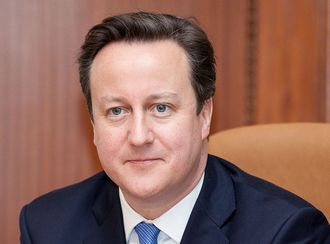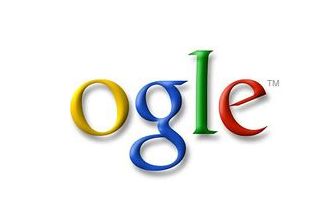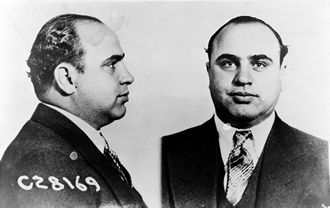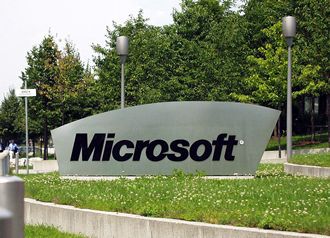 The fruity cargo cult Apple is slowing down and will look to its old enemy IBM to pull its nadgers out of the fire.
The fruity cargo cult Apple is slowing down and will look to its old enemy IBM to pull its nadgers out of the fire.
Yesterday the company posted a smaller-than-expected six percent rise in quarterly revenue.
The Tame Apple press, desperate to find something good in the figures said that revenue surged 28 percent in greater China despite stiff competition in its third-largest market. What they failed to say is that 28 percent of sod all is still sod all.
Apple sold 35.2 million iPhones in the June quarter, a rise of about 13 percent that was in line with analysts’ projections.
Chief Executive Tim Cook told analysts on a conference call that Apple’s Chinese performance was “honestly surprising”. Unit iPhone sales jumped about 48 percent and Mac computer sales rose 39 percent in the June quarter.
But Apple has never been a particularly big seller in the Android dominated Chinese market and for Jobs’ Mob to make serious money it would have to increase its sales by several hundred percent to be any use.
Again the Tame Apple Press stepped in to say that this quarter is always light because there is a new phone coming out which means people are not buying the old one. But signs are that Apple is putting its hopes on larger screen phones, ignoring the fact that its rivals have been there already.
The figures also show a different story. Apple forecast revenue of $37 billion to $40 billion this quarter, weak compared with Wall Street’s outlook for $40 billion or more — Apple does not believe the new phone will make that much difference.
Some of the dafter Apple press have even suggested that the company will be turned around by entering the wearable device market with the iWatch.
Apple reported sales of $37.4 billion in its fiscal third quarter ended June, falling short of Wall Street’s expectations for about $38 billion.
Sales of iPads, which like smartphones are coming under growing pressure from Android rivals, at 13.3 million fell a little short of analysts’ projections for more than 14 million. Net income jumped 12.2 percent to $7.75 billion.














